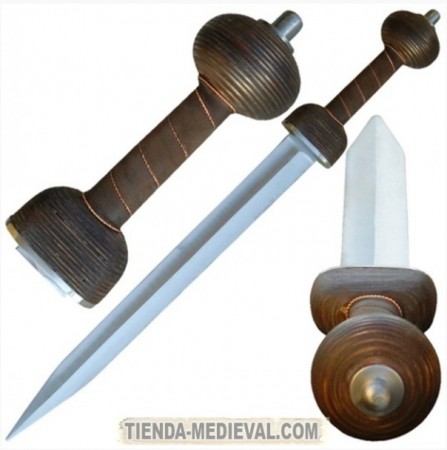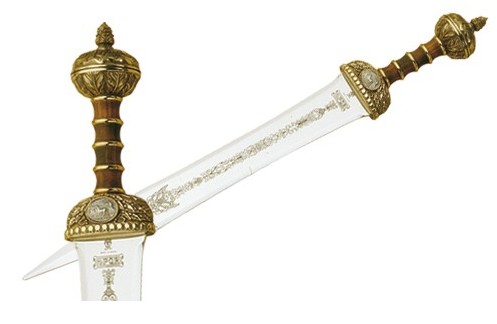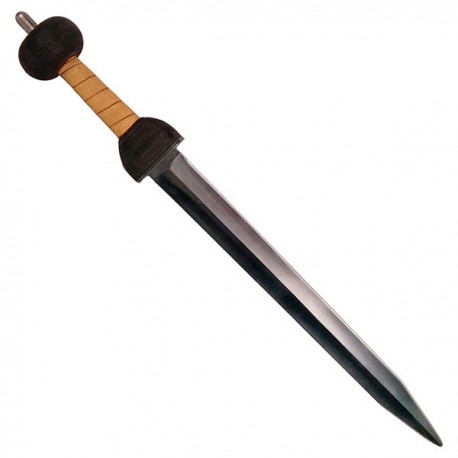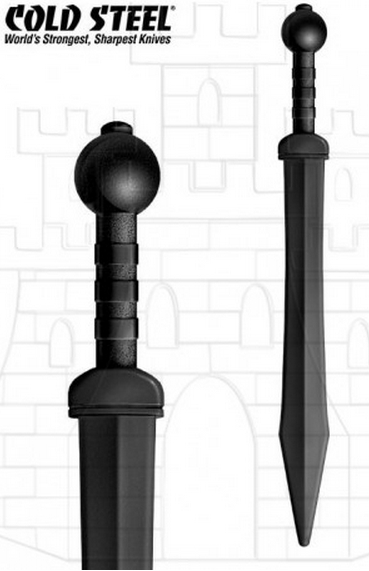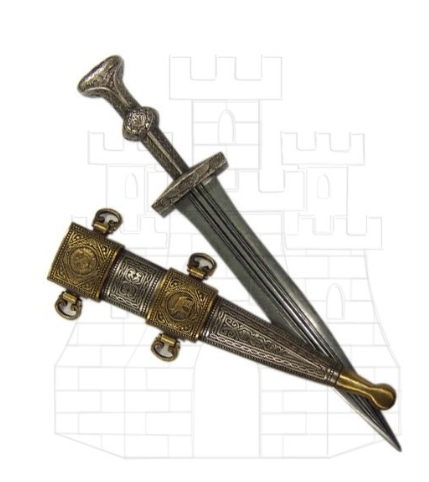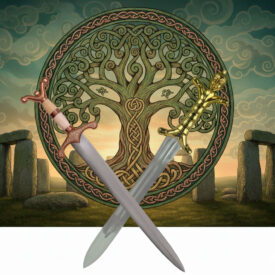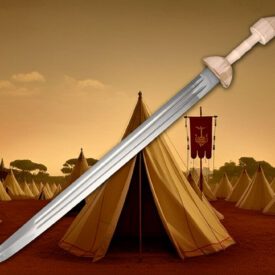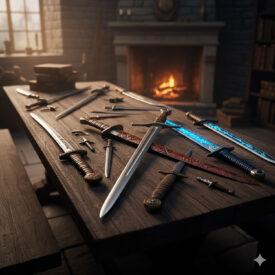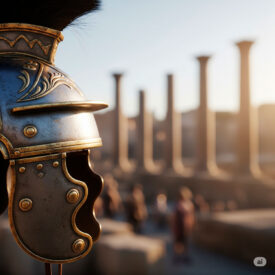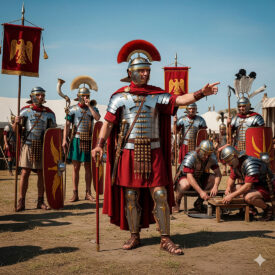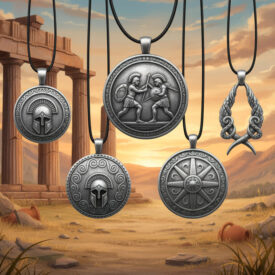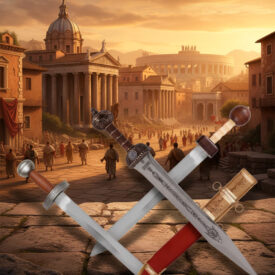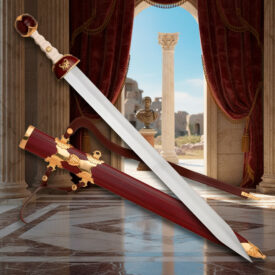The Roman Empire was a stage of Roman civilization in classical Antiquity characterized by an autocratic form of government. The birth of the empire is preceded by the expansion of its capital, Rome, which extended its control around the Mediterranean Sea. Under the imperial stage, Rome’s domains continued to increase, reaching their maximum extent during the reign of Trajan, covering from the Atlantic Ocean in the west to the shores of the Black Sea, the Red Sea, and the Persian Gulf in the east, and from the Sahara desert in the south to the forested lands on the banks of the Rhine and Danube rivers and the border with Caledonia in the north.
For almost three centuries before Caesar Augustus, Rome had acquired numerous domains in the form of provinces directly under senatorial administration or consular management, and also through accession pacts as protectorates of allied states. Its main competitor at that time was the Punic city of Carthage, whose expansion rivaled that of Rome, and therefore it was the Republic’s first great victim.
The Punic Wars forced Rome to expand beyond its natural borders, the Italian peninsula, and gradually it acquired new domains that it had to administer, such as Sicily, Sardinia, Corsica, Hispania, Illyria, etc.
Rome’s domains became so extensive that they were soon difficult to govern by a Senate unable to move from the capital or make decisions quickly. Likewise, a growing army revealed the importance of possessing authority over troops, in order to gain political advantage. This is how ambitious figures emerged whose main goal was power. This was the case of Julius Caesar, who not only expanded Rome’s domains by conquering Gaul but also challenged the authority of the Roman Senate for the first time.
The Roman Empire as a political system emerged after the civil wars that followed the death of Julius Caesar, in the final moments of the Roman Republic. He was, in fact, the first man who rose as an absolute ruler in Rome, having himself appointed Dictator. Such audacity did not please the members of the Roman Senate, who conspired against him, assassinating him during the Ides of March on the very steps of the Senate, thus restoring the Republic, but its return would be ephemeral.
Roman Gladius
The precedent did not go unnoticed by Caesar’s young adopted son, Octavian Augustus, who would be sent years later to fight against the ambitious alliance of Mark Antony and Cleopatra.
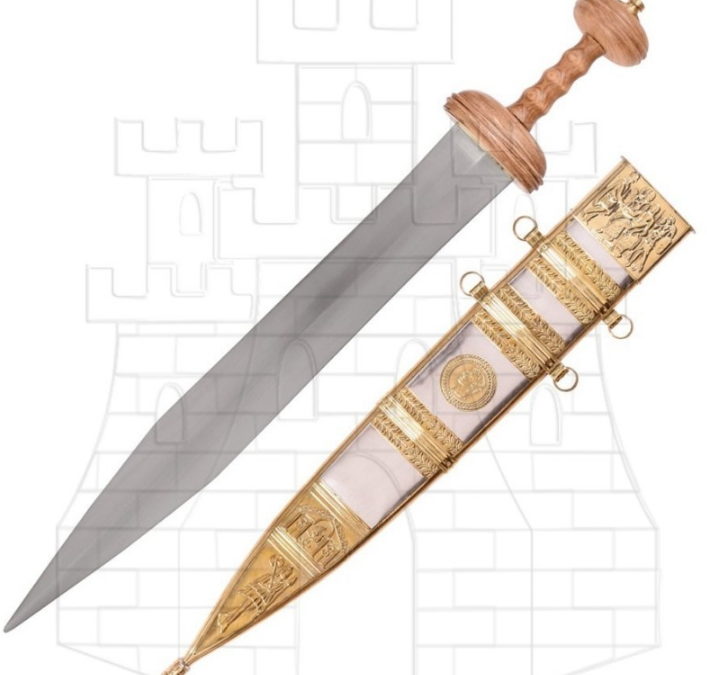
Gladius Mainz Tiberius with scabbard
JULIUS CAESAR’S SWORD
Julius Caesar, Gaius Julius Caesar (101 BC – 44 BC) was the best Head of State, both military and political, of ancient Rome. During his life, the empire expanded and strengthened; Rome, the Republic, transformed into a government with a single ruler, and Caesar was its first dictator. His historical works, which are among the best ever written in Latin, deal with the military campaigns undertaken in Gaul and the civil wars.
Caesar was an architect, mathematician, and one of the best orators in the world. Without a doubt, he was an ambitious man and therefore enjoyed the power he held in his hands. It is said that he wanted to be crowned king. A person with so much power endangered the Republic, according to Brutus, Cassius, and other conspirators, a sufficient reason to justify his assassination.
Have you ever wondered what weapon was the true heart of the Roman army? We are not just talking about sharpened metal, but a symbol of power, discipline, and conquest that spread from the hills of Britannia to the deserts of the East. Roman swords were not mere tools of war; they were extensions of Rome’s will, adapted and perfected for every military challenge.
From the Republic to the twilight of the Empire, the sword evolved with the tactics and needs of one of history’s most fearsome war machines. Get ready to immerse yourself in the edge of history and discover everything about the legendary Gladius and the versatile Spatha.
⚔️ The Gladius: The Legionaries’ “Meat Grinder”
If there is one sword that embodies the image of the Roman legionary, it is the Gladius. This short and lethal sword was the offensive weapon par excellence during the centuries of the Empire’s greatest expansion.
An Iberian Origin that Conquered Rome
Although we associate the Gladius with Rome, its technical name, Gladius Hispaniensis, reveals its true cradle: the Iberian Peninsula. The Romans adopted this formidable design from the Celtiberians during the Punic Wars of the 3rd century BC, impressed by its effectiveness in battle. Curiously, the word “gladius” in Latin simply meant “sword,” but over time it became synonymous with the Roman sword par excellence.
Characteristics of a Lethal Weapon
The Gladius was a relatively short, double-edged sword with a conical point and a short hilt. Its blade measured approximately between 50 and 70 centimeters. Ancient Roman blacksmiths were clear that a high-quality sword should have a soft core and be as hard as possible on the outside, using composite steel. This made it very effective for both thrusts and cuts.
The hilt was usually made of wood, bone, or ivory, with grooves to improve grip, almost anatomical. A flat hemispherical guard prevented the hand from slipping when stabbing. The pommel, usually spherical, improved the grip and balance of the weapon. It was centered in such a way that all the weight was near the grip, allowing for easy and quick control.
The Gladius Tactic: Push and Stab
The Gladius was designed for close-quarters combat, where longer swords would have been a hindrance. The strategy was simple and brutal: the legionary advanced protected by his large shield (scutum), pushed the enemy with it, and then, with quick and precise movements, stabbed with the Gladius. The sharp point was key, as a penetration of barely four or five centimeters was often lethal. This weapon radically changed Roman combat tactics, allowing the legions to “literally crush” their adversaries.
The Gladius in the hands of a compact and disciplined legionary formation was a “meat grinder.” Unlike Gallic or Germanic swords that would dull or bend after the first blow, the Roman Gladius, designed for thrusting, maintained its effectiveness.
Gladius Models: Constant Evolution
The Gladius was not immune to changes, and several types developed over time, named after archaeological discovery sites:
- Gladius Hispaniensis: The original model, with a blade 60-68 cm long and 4-5.5 cm wide, with a pistil-shaped and somewhat longer blade.
- Gladius Mainz (Mainz): Prevailed between the end of the Republic and the first half of the 1st century AD. It had a characteristic narrowing in the middle of the blade, with a length of about 55 cm and 7.5 cm wide. The point was long and the edges were not entirely straight.
- Gladius Fulham: Emerged in the 1st century AD, slightly narrower than the Mainz (5 cm wide) with straight sides and a slight widening at the hilt.
- Gladius Pompeii: From the mid-1st century AD onwards, it became the standard type. It was shorter (42-50 cm long, 5 cm wide) with parallel edges and a shorter, triangular point. It was easier and cheaper to manufacture, and its design adapted well to unarmored enemies, as a single thrust was sufficient. The short point might also have prevented it from getting stuck in the enemy’s ribs.
How was it carried? Generally, the Gladius was hung from the belt (cingulum militare) or from a leather baldric, usually on the right side of the legionary. This allowed the sword to be drawn without colliding with the shield (scutum) carried in the left hand, vital in close formations. Centurions and some officers, however, carried it on the left.
🛡️ The Spatha: The Sword of the Late Empire and Cavalry
Although the Gladius was ubiquitous for centuries, the Romans also used the Spatha. This longer sword, which eventually replaced the Gladius, marked a change in Roman combat tactics.
Barbarian Inspiration and Roman Adaptation
The Spatha, like the Gladius, had an external origin, inspired by the long swords of the Celts in Germany and Great Britain, as well as Celtic tribes north of the Alps. Germanic warriors who fought as Roman allies maintained their longer swords, and this practice spread to the Roman ranks.

A Decisive Reach
The Spatha was similar to the Gladius in many respects: double-edged and with a conical point. However, it was notably longer, with blades approximately 70 to 100 centimeters long, and a total length of between 75 and 110 centimeters. This gave it greater reach, making it very popular among cavalry units.
Its weight, approximately one kilogram, made it optimal for both horsemen and infantry. The Spatha allowed maintaining some distance from the opponent and delivering more effective slashing blows, unlike the Gladius which prioritized thrusting.
The Spatha in Roman Infantry
By the end of the 2nd century AD, possibly due to Germanic influence, infantry legionaries began to adopt the Spatha, which until then had been exclusive to cavalry. This change meant that Roman legions abandoned close-quarters combat, where the Gladius was ideal, opting for a way of fighting with more distance and slashing blows. This was also reflected in the progressive abandonment of the two pila (javelins) for a long spear.
The popularization of the Spatha in the Late Roman Empire indicates a new stage, with frontier armies and more mobile units, where cavalry played a much higher role. Although it was still a weapon with piercing capability, it was thought of more for slashing attacks.
🗡️ The Pugio: The Legionary’s Discreet Companion
In addition to the Gladius and Spatha, the Roman legionary carried a short dagger called a Pugio. With a blade between 20 and 30 cm, it was a backup weapon and a utilitarian tool.
The Pugio was useful in extreme close-quarters combat, where larger swords were impractical, or if the soldier lost his main weapon. Beyond its practical function, the Pugio was also a symbol of status and rank among officers, with hilts and blades often intricately decorated. It was carried on the opposite side to the main sword.
Forge of the Empire: The Manufacture of Roman Swords
Rome’s ability to equip most of its soldiers with swords is a testament to its administrative and economic power. The Romans took iron production to a massive industrial scale. It is estimated that, at its peak (1st-2nd century AD), the Roman Empire produced between 20,000 and 50,000 tons of iron per year, a rate that would not be seen again in Western Europe until the 18th century.
High-Quality Materials and Advanced Techniques
Roman swords were primarily forged from high-quality steel, seeking an ideal balance between hardness and flexibility. Roman blacksmiths were especially skilled, using composite steel (low-carbon interior, high-carbon edges).
The city of Toledo, in Hispania, stood out as a center of excellence in weapon manufacturing thanks to its advanced metallurgical techniques and the quality of its raw materials.
The manufacturing process was complex and meticulous:
- Forging and Rolling: The iron was heated and repeatedly hammered to shape it, remove impurities, and homogenize the metal, creating layers that increased hardness and reduced brittleness.
- Hardening and Tempering: The blade was heated and then rapidly cooled (hardening) to increase its hardness. Afterwards, it was subjected to lower-temperature heating and controlled cooling (tempering) to relieve stresses and prevent excessive brittleness, achieving an optimal balance.
- Sharpening and Polishing: It was sharpened with stones to obtain a cutting edge and polished until a smooth and shiny surface was achieved, which also protected against corrosion.
- Assembly and Decoration: The blade was assembled with the hilt, guard, and pommel, made of wood, bone, or metal, which ensured optimal grip and balance. Officers’ or ceremonial swords were richly decorated with engravings reflecting rank and status.
Roman swords, although perhaps not as “pure” as medieval ones, were of simple design and efficiently mass-produced. Unlike many medieval armies where soldiers had to pay for their own equipment, the Roman Empire, especially after Marius’ reforms, subsidized or provided weaponry to its legionaries.
The Legacy and Symbolism of Roman Swords
Beyond the battlefield, Roman swords had deep symbolic and ceremonial significance. They represented honor, discipline, service to the Empire, and status.
They were common in statues of emperors and generals, in reliefs on triumphal monuments, and in mosaics, symbolizing military power and state protection. The presentation of a sword to a legionary was a significant ritual marking his entry into the army, and ornate swords were awarded as prizes for bravery. Even in death, swords were buried with their owners or depicted on gravestones, reflecting the soldier’s honor and bravery.
Treasures of the Past: Archaeological Discoveries
World-renowned museums house impressive collections of Roman swords, such as the Musée de Saint-Germain-en-Laye, the National Archaeological Museum of Naples, the Museum of London, and the Römisch-Germanisches Zentralmuseum in Cologne.
Excavations at sites such as Pompeii and Herculaneum (where Pompeii-type Gladius were found), Vindolanda in Britannia (with well-preserved Gladius, Spathas, and Pugios), and Cárcavas de Künzing in Germany (with Spathas showing adaptation to tactics and Germanic influence), have provided valuable information on the manufacture and use of these weapons. Metallurgical analyses confirm the excellent quality of Roman forging.
The evolution of Roman swords is a direct reflection of changes in military structure and the challenges the Empire faced throughout the centuries. From the short, thrusting Gladius, perfect for the legionary “machine,” to the long, versatile Spatha, adapted for cavalry and more open combat, these swords were not just tools, but witnesses to Rome’s power, adaptation, and enduring legacy.
Do you want to see the best Roman swords and historical replicas?

